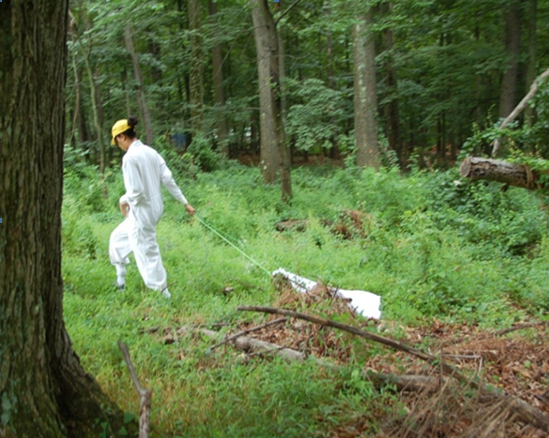Depression common in Lyme disease patients
Zomer and colleagues found that 1 in 5 Lyme disease patients presenting to the Lyme Center Apeldoorn in the Netherlands between January 2008 and December 2014 were diagnosed with depression and Lyme disease. [1] Depression was identified using the Dutch version of the Beck Depression Inventory II (BDI-II) questionnaire. The BDI-II scale has been used […]
Depression common in Lyme disease patients Read More »










